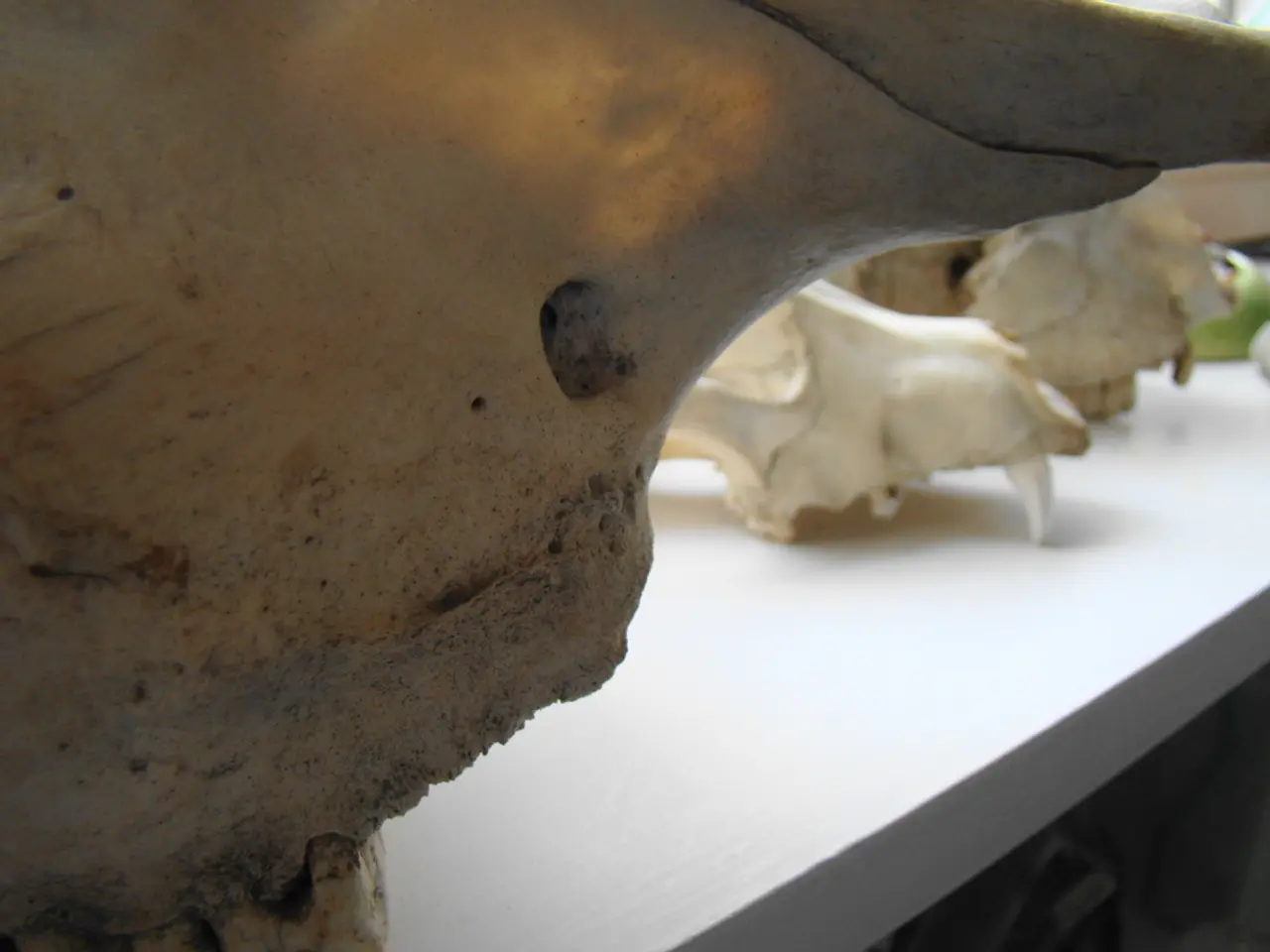Experiencing Annoying Static Electricity Shocks? Learn the Causes Here!
Static Shocks: The Unwanted Winter Companion
Somethings can make even the coziest winter season feel more brutal, like the nippy chills, the early sunsets, and yep, you guessed it - those unexpected, unwanted electric shocks. And it's not just your imagination; winter's dry, cold weather gives rise to those pesky static shocks.
In simpler terms, static electricity is the accumulation of electrical charges on surfaces. When electrons jump from one material to another due to friction (like when you're walking across a carpet or taking off a wool sweater), a static charge is created on your body. And when you come into contact with a conductive surface, like a doorknob, that stored charge is released to give you that annoying, brief, lightning-like spark.
Remember the days when kids jumping on a trampoline would send sparks flying? That's static electricity at work.
But why does this happen more frequently in winter? The culprit is humidity-or the lack of it. Warmer air holds more moisture, which is excellent at dissipating electric charges before they can build up, keeping static electricity at bay. In contrast, winter's dry air lacks the necessary moisture to carry away excess electrons efficiently, allowing static charges to build up unchecked.
So, every time you shuffle across a smooth floor, drag off a fleece, or slide into your car, you're creating a feeble, little electrical storm waiting to strike.
But don't despair! Reducing static shocks is easier than you think. You can take simple measures like:
- Run a humidifier to add moisture to the air
- Swap out wool socks for cotton and trade rubber-soled shoes for leather ones
- Keep a metal key or coin handy. Touch it briefly before touching a doorknob to release some of the built-up charge
- Apply a dryer sheet to your clothing, car seats, or even your hands to balance out the charge
- Keep your skin moisturized to prevent it from holding onto charge longer
Industrial applications, meteorology, space travel - these are but a few areas where scientists study the impact of static electricity. It's more than just an annoyance; it's a fascinating natural element at play.
So, next time you jump and get zapped, remember you're not the only one caught in winter's little electric dance. Knowledge is power, and knowing why static electricity builds in winter can help you avoid those uncomfortable sparks this season.
In the realm of science, static electricity, which is the unwanted accumulation of electrical charges on surfaces, is a subject that affects certain aspects of our daily lives, including health-and-wellness, in the form of unwanted shocks during winter. The lack of humidity in the winter environment, a key factor in environmental-science, causes static electricity to flourish, due to the inefficiency of dry air in carrying away excess electrons.






